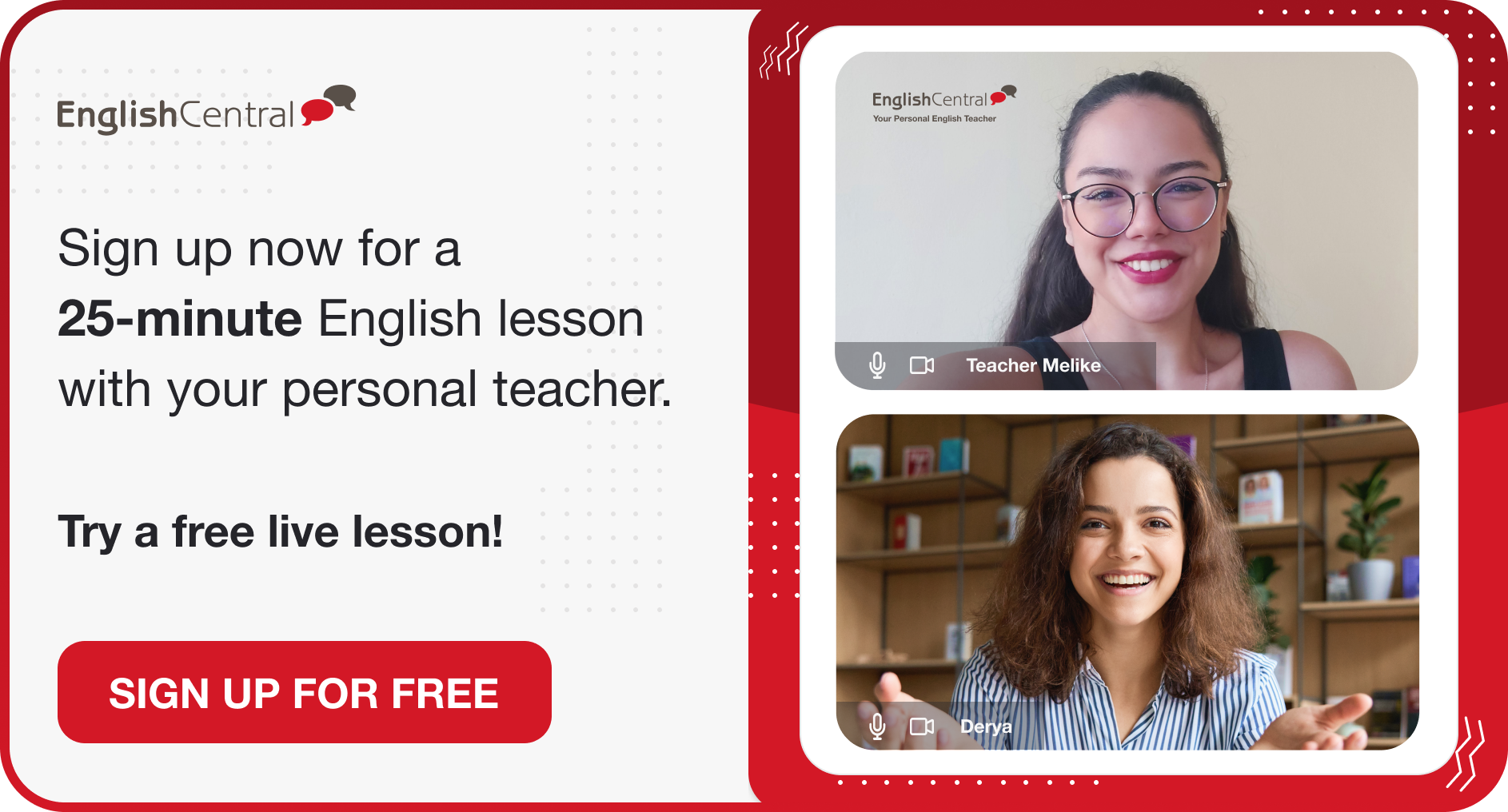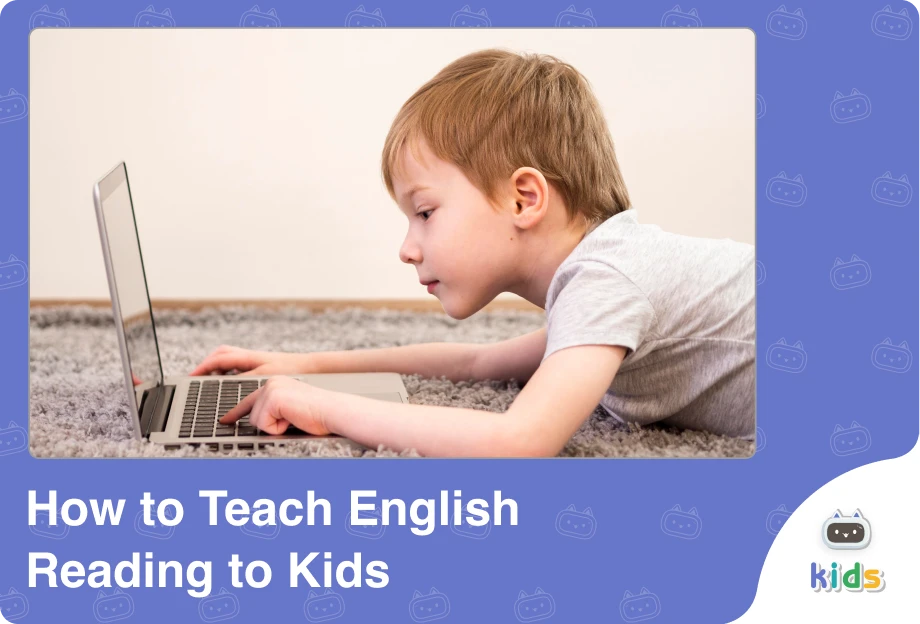Learning a new language always comes with different challenges. In English, it is possible to be confused by some words since they are spelled or pronounced the same but mean different things. Here, we have explained and listed some confusing words in English to help you in your daily conversations in English.
What is the same word with a different meaning?
Homonyms are words that share the same spelling but carry different meanings. These words fall into two categories. Homographs, which are spelled the same and may or may not be pronounced the same, and homophones, which are pronounced the same but spelled differently.
Homographs
Homographs are words that share the same spelling but have different meanings and sometimes sound different when spoken. For example, the word “lead” can mean to guide someone or refer to a type of metal, and it is pronounced differently depending on the meaning. The presence of homographs in English results from the language absorbing words from many other languages over the years. Therefore, when you encounter a word that seems confusing, it might be a homograph with more than one meaning or way to say it.
Homographs examples
Here are some examples that show the meanings and pronunciations of homographs in the English language.
-Lead (to guide) / Lead (a metal)
-Lead (to guide) [leed]: to show the way by going in advance.
-Lead (a metal) [led]: a heavy, bluish-gray metal, element Pb.
-Read (present tense) / Read (past tense)
-Read (present tense) [reed]: to look at and comprehend the meaning of written or printed matter.
-Read (past tense) [red]: past tense of read; having looked at and comprehended the meaning of something written or printed.
– Wind (air in motion)
-Wind (to turn) [waind]: to turn or twist (something) around something else.
-Wind (air in motion) [wind]: natural movement of the air, especially in the form of a current of air blowing from a particular direction.
-Bow (to lean) / Bow (a ribbon)
-Bow (to lean) [bou]: to salute someone or something by slightly leaning forward.
-Bow (a ribbon) [boʊ]: a knot tied with two loops and two loose ends, used especially for tying shoelaces and decorative ribbons.
-Tear (to rip) / Tear (a drop of liquid from the eye)
-Tear (to rip) [teer]: to pull or rip (something) apart or to pieces with force.
-Tear (a drop of liquid from the eye) [tair]: a drop of clear salty liquid secreted by glands in your eyes, often resulting from emotions like sadness or pain.
-Bass (a type of fish) / Bass (low musical tone)
-Bass (a type of fish) [bas]: a large edible fish that is often caught for sport.
-Bass (low musical tone) [bæs]: the lowest male singing voice or lowest tone in musical compositions.
-Row (line) / Row (argument)
-Row (line) [roʊ]: a number of objects arranged in a line, often linearly.
-Row (argument) [raʊ]: a noisy dispute or quarrel; a loud argument.
-Close (to shut) / Close (near)
-Close (to shut) [kloʊz]: to block or fill up a space such as a doorway or opening; to cease operations.
-Close (near) [kloʊs]: a short distance away; nearby.
-Content (satisfied) / Content (subject matter)
-Content (satisfied) [kənˈtɛnt]: a state of satisfaction and ease of mind.
-Content (subject matter) [ˈkɒntɛnt]: the subjects or topics covered in a book, document, or other medium; the substance or material dealt with.
-Object (protest) / Object (thing)
-Object (protest) [əbˈdʒɛkt]: to express disapproval or opposition; to say something in disapproval.
-Object (thing) [ˈɒbdʒɛkt]: a material thing that can be seen and touched.
Homophones
Homophones are words that sound the same when spoken, but they have different meanings and often different spellings. These words can make learning English challenging because you need to know the context to understand which word is being used. Therefore, when two words sound the same but have different meanings, they are called homophones.
Homophones examples
Here are some examples that show the meanings and pronunciations of homophones in the English language.
Pair / Pare / Pear
-Pair [peər]: Two items of the same kind or used together.
-Pare [peər]: To trim by cutting away the outer edges.
-Pear [peər]: A sweet, edible fruit with a rounded base narrowing towards the stem.
Flour / Flower
-Flour [flaʊər]: A powder obtained by grinding grain, typically wheat, and used to make bread, cakes, and pastry.
-Flower [flaʊər]: The seed-bearing part of a plant, often colorful and fragrant, used by plants to reproduce.
Son / Sun
-Son [sʌn]: A male child in relation to his parents.
-Sun [sʌn]: The star at the center of our solar system, which is a source of light and heat for the planets orbiting around it.
Mail / Male
-Mail [meɪl]: Letters and parcels sent by post.
-Male [meɪl]: A male person, animal, or plant.
Knight / Night
-Knight [naɪt]: A man awarded a non-hereditary title by a monarch or other political leader for his service to the monarch or country, especially in a military capacity.
-Night [naɪt]: The period of darkness in each twenty-four hours; the time from sunset to sunrise.
Sea / See
-Sea [siː]: The expanse of salt water that covers most of the earth’s surface and -surrounds its landmasses.
-See [siː]: To perceive with the eyes; to observe.
Hole / Whole
-Hole [hoʊl]: A hollow place in a solid body or surface, typically one made intentionally or by accident.
-Whole [hoʊl]: All of; entire; in an unbroken or undamaged state.
Stationary / Stationery
-Stationary [ˈsteɪʃənɛri]: Not moving or not intended to be moved.
-Stationery [ˈsteɪʃənəri]: Materials (such as paper, pens, and envelopes) used for writing or typing.
Principal / Principle
-Principal [ˈprɪnsɪpəl]: First in order of importance; main. It can also refer to the person with the highest authority or most important position in an organization, institution, or group.
-Principle [ˈprɪnsɪpəl]: A fundamental truth or proposition that serves as the foundation for a system of belief or behavior or for a chain of reasoning.
Cite / Sight / Site
-Cite [saɪt]: To quote (a passage, book, or author) as evidence for or justification of an argument or statement, especially in a scholarly work.
-Sight [saɪt]: The faculty or power of seeing; visual perception.
-Site [saɪt]: An area of ground on which a town, building, or monument is constructed; a location.
Frequently Asked Questions About Confusing Words
What is a same word but different meanings?
The same word with different meanings is called a homonym.
What are some examples of homonyms?
Bank (riverbank), bank (financial institution), bat (flying mammal), bat (baseball equipment), bow (front of a ship), bow (to bend forward), close (near), close (to shut), content (satisfied), content (subject matter) can all be examples of homonyms.
What does a homograph mean?
Homograph means words that are spelled the same way but have different meanings.
What does a homophone mean?
Homophone means words that are pronounced the same way but have different meanings or spellings.
Would you like to put what you have learned into practice? You can access everything you need to learn English on a single platform! With 25-minute one-on-one live English lessons, 40-minute group lessons, more than 30,000 interactive videos, vocabulary learning tools, AI-supported tutor MiMi, quizzes, and interactive activities, EnglishCentral offers its users a personalized and quality education plan at an affordable price. How about registering for EnglishCentral now and starting to learn English?











